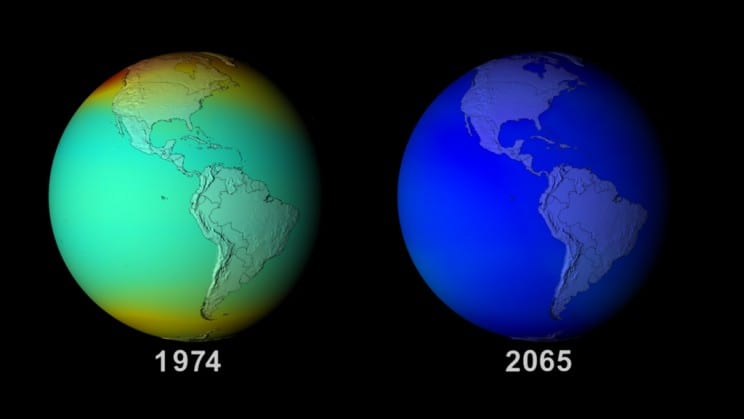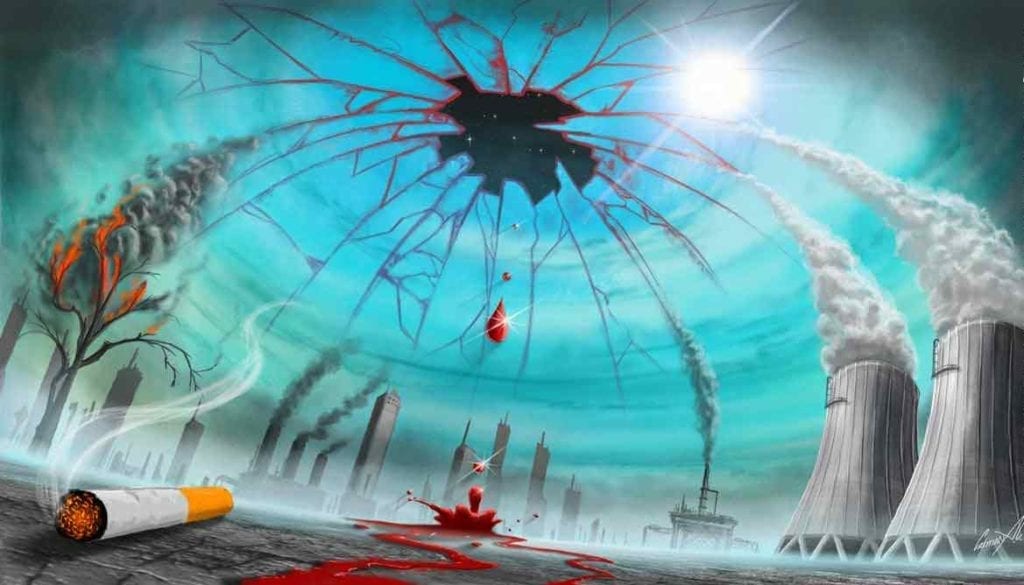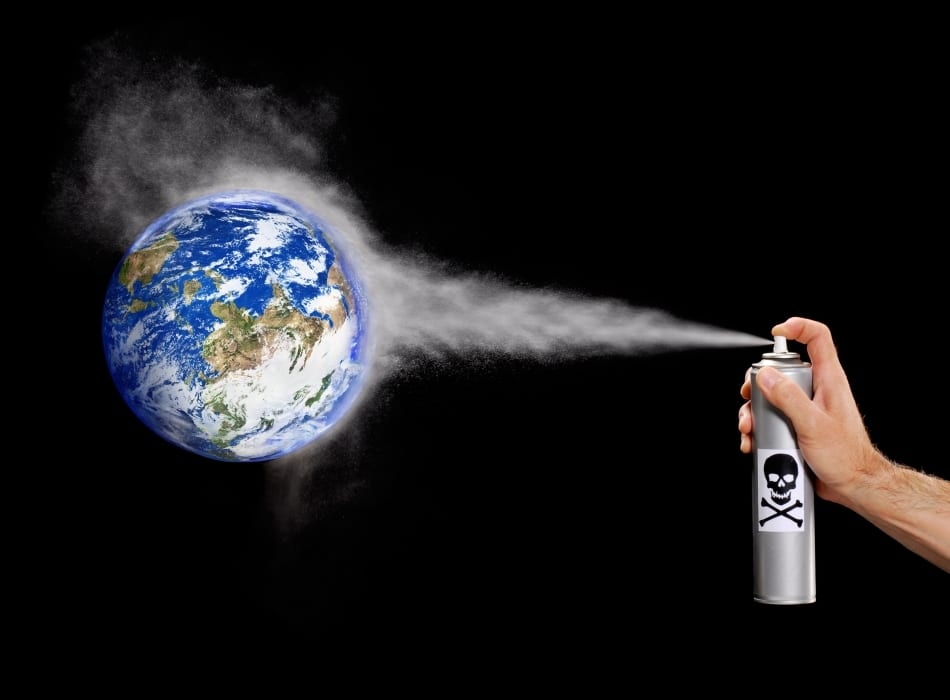Natural Resources
Ozone Layer Depletion: Cause, Impact and Solution

Ozone depletion refers to the gradual thinning of Earth’s ozone layer in the upper atmosphere. The primary reason for the ozone layer depletion is the release of chemical compounds that contain gaseous chlorine or bromine from various industries and other human activities. The thinning of the layer is most prominent in the Polar Regions, particularly over Antarctica.
Ozone depletion is a major environmental concern since it increases the amount of ultraviolet (UV) rays that reach the Earth’s surface. As a consequence, excess of UV rays increases the rate of eye cataracts, skin cancer, genetic and immune system disorders.

Impact on Human Health
Ozone layer depletion increases the rate of UVB penetration into the Earth’s atmosphere. According to epidemiological studies, UVB causes non-melanoma skin cancer and promotes malignant melanoma development. UVB is also linked to the development of cataracts commonly referred to as the clouding of the eye’s lens.
Impact on Flora
Some crops species are vulnerable to strong UV rays and overexposure to this radiation may inhibit plant growth, photosynthesis, and flowering. The vulnerable crop species include barley, corn, wheat, rice, oats, tomatoes, broccoli, and cauliflower among others.
Effects on Marine Ecosystems
Certain marine life, especially phytoplanktons is greatly affected by exposure to strong UV rays. As a consequence, a decrease in the number of phytoplanktons may disrupt the aquatic food chain in many ways. Further, certain species of marine life have been greatly impacted by overexposure to ultraviolet rays at a very early stage. For example, it has been observed that excess UV rays may disrupt early developmental stages of shrimp, fish, crab, amphibians, and other marine animals. The most adverse impact includes decreased reproductive ability and impaired larval development in aquatic animals. Slight increases in UVB exposure may result in population reductions for marine organisms with implications for the entire aquatic food chain.
Effects on Materials
Materials such as wood, plastics, fabrics, rubber are massively degraded by excess exposure to ultraviolet radiation.
Solutions to Ozone Layer Depletion

Avoid pesticides usage
Pesticides contribute enormously to ozone layer depletion. Therefore, pesticides should be avoided and natural methods should be implemented to get rid of pests and weeds. Some of the natural methods include weeding the farm manually and use of alternative eco-friendly chemicals to control pests.
Minimize vehicles on the road
Another easiest way to minimize ozone depletion is to limit the number of vehicles on the road. Vehicles emit a lot of greenhouse gases which in due course form smog, a catalyst in the depletion of the ozone layer.
Usage of eco-friendly cleaning agents
Most of the household cleaning agents are packed with harmful chemicals that find the route to the atmosphere, ultimately contributing to the degradation of the ozone layer. People should give up the usage of such chemicals and instead use natural and environmentally friendly cleaning agents.
Prohibition on the use of nitrous oxide
Another harmful compound responsible for ozone depletion is nitrous oxide. Governments must take action to outlaw nitrous oxide usage to reduce the rate of ozone depletion.






























